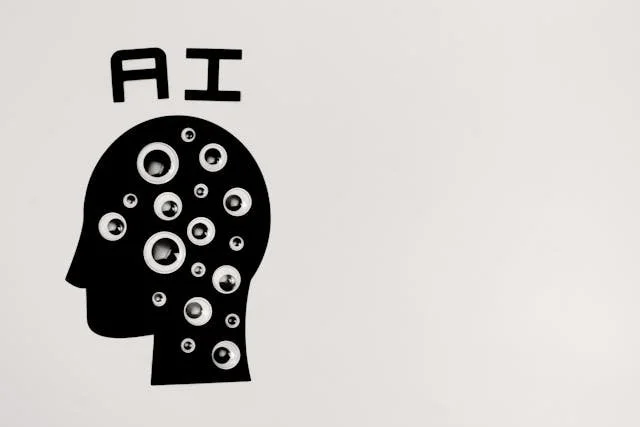Recently, MIT Sloan Management Review published one of the most important articles I’ve read on AI and leadership. In “Why AI Demands a New Breed of Leaders,” authors Faisal Hoque, Thomas H. Davenport and Erik Nelson propose that while most organizations think of AI implementation as a technical challenge, they also need leaders who can manage the “profound cultural and organizational changes” that AI brings.
They make a compelling case—one that should spark conversations for executives, HR and L&D professionals, and all of us who develop leaders. As creator of a learning platform and a longtime coach for Fortune 50 companies, I’ve identified some key priorities for organizations to keep in mind as they cultivate leaders who can bridge technical expertise and change management.
Raise Your ‘Unicorns’ In-House
The MIT article envisions a role that might be called the “chief innovation and transformation officer.” A “CITO” would combine technical knowledge with strategic vision and deep understanding of organizational psychology and culture.
That’s a rare combination of skills. But before you craft a job posting seeking a “unicorn,” I recommend a different strategy: Develop these capacities in-house. Start by identifying potential leaders who excel at big-picture thinking. Who is able to “connect the dots” between technology initiatives and broader organizational goals? They could become your most valuable asset in these times of transformational change, so it pays to invest in their learning and growth.
Break Down Silos
The most challenging part of AI transformation isn’t usually the technology itself. It’s creating an adaptable, resilient culture where innovation can flourish. More than nine out of 10 large-company data leaders feel this way, according to the MIT article.
AI is a big, complex challenge. No single leader, or single department, is going to have all the answers. In these situations, I’ve seen the power of bringing together cross-functional leadership teams who represent a variety of perspectives.
Consider building this approach into your leadership development programs. Cohorts of emerging leaders from different departments could come together both for learning and to talk about your organization’s AI goals. This kind of collaboration increases understanding and buy-in, and it helps head off resistance to change.
Big Results from Micro-learning
As we all know by now, the AI landscape changes fast. That means development for AI leaders has to be ongoing. Traditional once-a-year training programs won't cut it.
Amid rapid disruption and transformation, our clients are embracing “growth in the flow of work”: integrating learning directly into daily work processes rather than separate training events. They like the fact that their leaders can access relevant guidance anytime through micro-learning — “bite-size” lessons two to seven minutes long.
There’s a growing body of evidence about how this approach drives business results. Research from Josh Bersin, for example, shows that organizations that embed learning into everyday work are 37% more likely to be first to market with innovative products and services.
Lift Up Different Voices
I was fascinated to read in the MIT article that Zillow and Air Canada experienced significant failures in their AI implementations because leaders didn't think through strategic and organizational consequences.
This is another reason why it’s so important to break down silos, especially through leadership development programs. I believe it’s also a powerful motivation to make leadership training available to more employees. All too often, organizations that reserve leadership development for high potentials end up focusing on employees who fit the mold of their current leaders. That creates an echo chamber. Expanding access to leadership development brings more voices to the table—voices that can raise valuable concerns that others may overlook.
The Future of AI Leadership
Reimagining leadership for the age of AI doesn’t mean we’re throwing out the fundamentals: strategic thinking, relationship building, ongoing growth, weighing different viewpoints. It just means we’re using them in new contexts. Success moving forward won’t solely be a matter of which organization has the most advanced AI tools. It will also hinge on leaders who create cultures where tech capability and human wisdom work hand in hand.
Don’t wait for performance to drop before taking action. Discover how the New Lens® platform helps organizations support managers with bite-sized, actionable learning—built for today’s fast-paced, high-stress environments.










